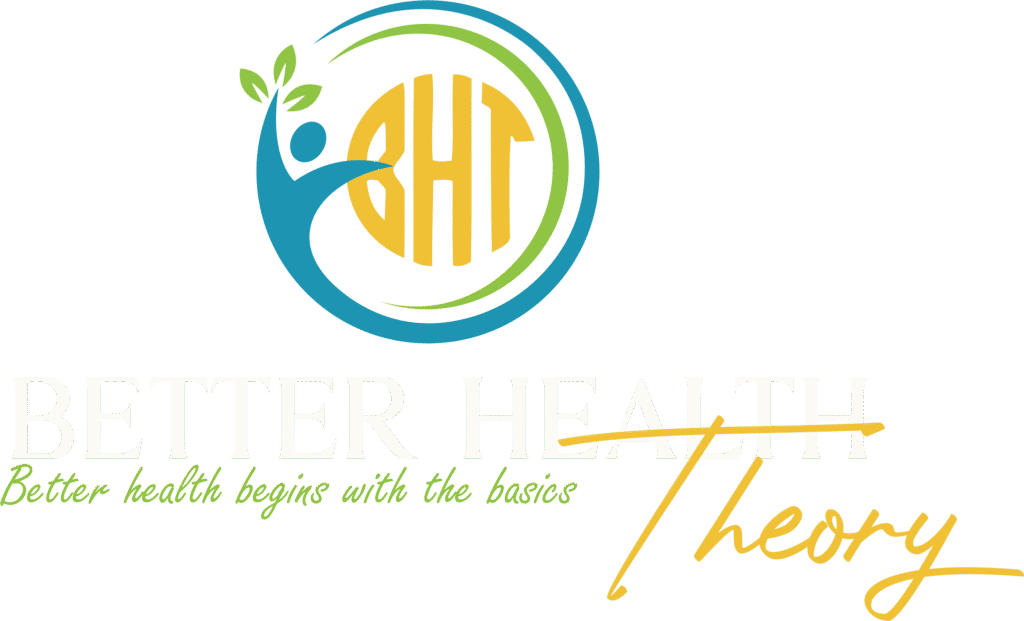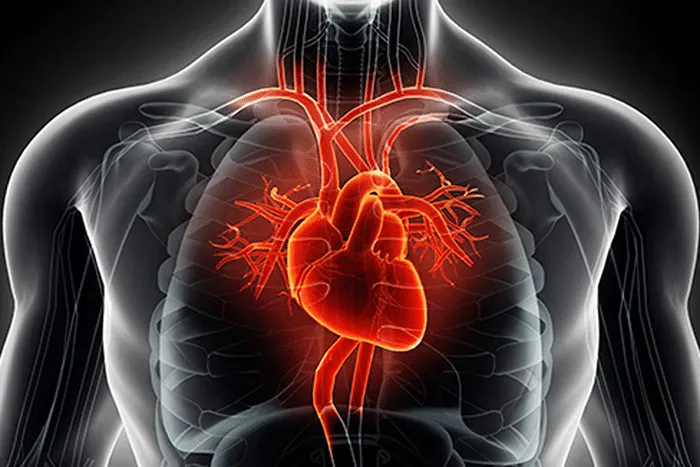

Heart disease remains the #1 cause of death in the United States — and has been for decades. But it wasn’t always this way. What changed in our culture? What’s causing this epidemic? And how can we reverse it — or better yet, prevent it?
Let’s explore the history, the root causes, how it’s treated conventionally versus holistically, and what you can do today to protect your heart.
In the early 1900s, heart disease was relatively rare. By the mid-20th century, it had become the leading cause of death. Researchers tie this rise to:
Increased consumption of processed and industrialized food
The post-WWII smoking boom
Sedentary lifestyles due to cars, desk jobs, and TV
The emergence of fast food and convenience culture in the 1970s–90s
The most common form of heart disease is coronary artery disease, which occurs when plaque builds up in the arteries, reducing blood flow to the heart. This can lead to heart attacks, stroke, and heart failure.
Unhealthy diet
Physical inactivity
Smoking
High blood pressure
High LDL (“bad”) cholesterol
Obesity and diabetes
Chronic stress
Genetics/family history
The U.S. healthcare system primarily focuses on managing symptoms and preventing life-threatening events through:
Medications (statins, beta-blockers, ACE inhibitors, aspirin)
Surgical procedures (stents, bypass surgery, pacemakers)
These are often effective for acute care, but do not always address the root causes of cardiovascular disease.
Naturopathic and functional medicine approaches aim to treat heart disease at its root by emphasizing:
Dietary intervention (e.g., Mediterranean, plant-based, DASH diet)
Lifestyle changes (daily movement, stress management, sleep hygiene)
Supplements (CoQ10, magnesium, omega-3s, garlic, hawthorn)
Mental and emotional health (therapy, meditation, connection)
These approaches are increasingly supported by clinical research showing their effectiveness in both prevention and disease reversal.
According to the CDC, up to 80% of premature heart disease and stroke can be prevented through lifestyle changes:
Eat more whole, plant-based foods
Reduce processed sugar, salt, and trans fats
Exercise regularly
Avoid tobacco and excessive alcohol
Manage stress and sleep
Get regular health screenings
Build strong relationships and community
Heart disease didn’t explode overnight. It grew alongside a culture of fast food, chronic stress, and sedentary habits. But the power to stop — and even reverse — it is in our hands.
Start small. Eat better. Move more. Take care of your emotional well-being. Your heart will thank you.
Centers for Disease Control and Prevention (CDC) – Heart Disease Facts
CDC – Prevent Heart Disease
American Heart Association – Understand Your Risk for Heart Disease
Mayo Clinic – Heart Disease Causes
Harvard Health – Heart Disease and Inflammation
Cleveland Clinic – Heart Disease Treatments
PREDIMED Study (New England Journal of Medicine) – Mediterranean Diet and Cardiovascular Risk
Journal of Clinical Hypertension – Magnesium and Hypertension
National Institutes of Health (NIH) – CoQ10 and Cardiovascular Disease
Harvard T.H. Chan School of Public Health – Nutrition and Cardiovascular Disease
World Health Organization (WHO) – Cardiovascular Diseases (CVDs)
National Library of Medicine – Historical Trends in Heart Disease